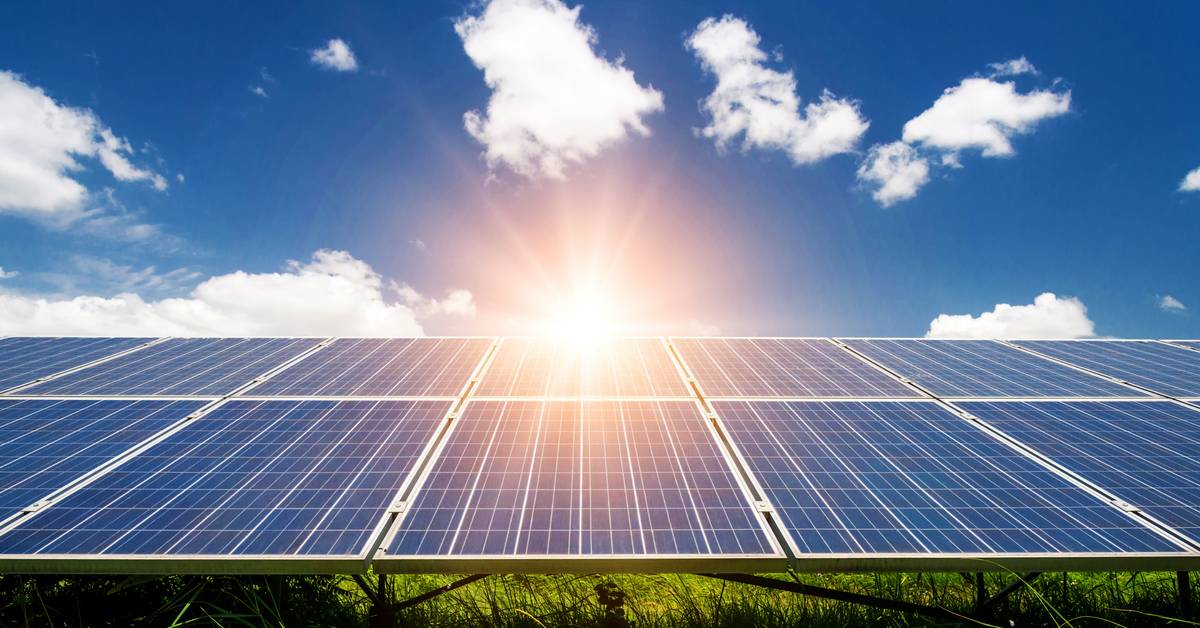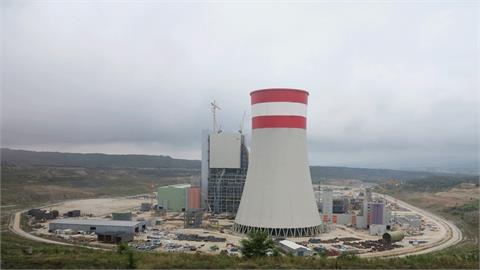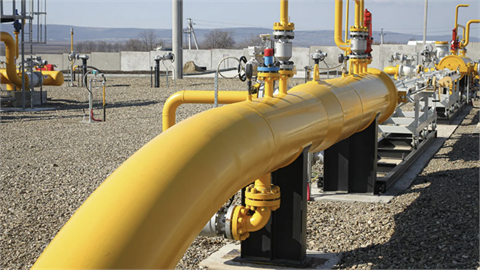by the International Solar Energy Society* Solar and wind are being installed at a rate that is three times faster than all other new electricity sources combined. This offers compelling market-based evidence that PV and wind are now the most competitive and practical methods for deploying new generating capacity
This market dominance means that solar and wind are replacing coal and gas generators. They are also meeting much of the rising demand for electricity, which is growing three times faster (2.7% per year over the 2011-21 period) than the global population.
Soon there will be large-scale electrification of transport, heating and industry – the “electrification of everything,” or the comeback of “tout-électrique.” This will lead to double or triple demand for electricity. Solar and wind will also meet this new load.
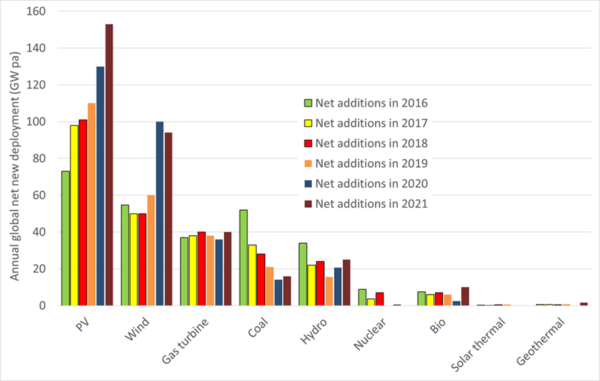
Image: ISES
Fossil fuels cause three-quarters of global greenhouse gas emissions. But in most countries, solar and wind are being installed at a much faster rate than new coal plants (Figure 2). Excluding China, global coal capacity has been falling for several years, as older power stations shut down faster than new power stations open. The paucity of new coal capacity means that the world is at peak coal.
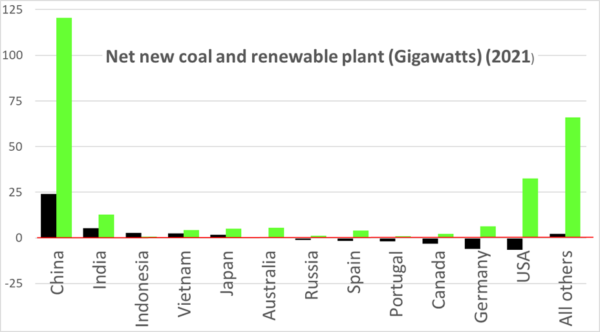
Image: ISES
Solar and wind have passed 1 TW of installed capacity. The deployment of PV and wind is increasing exponentially. Cumulative installed solar capacity will overtake wind soon.
Global installed solar capacity has grown by a factor of 500 over the past 20 years. In 1985, when the current PV industry workhorse, PERC technology, was still an innovation that would take another 20 years to flourish, the total annual production of PV modules was less than 25 MWp. Today, many of the individual Tier 1 PV module manufacturers produce 25 MWp/day.
The growth rate in annual deployment rate in recent years has been about 18%. Projecting this growth rate forward shows that installed solar capacity will pass the combined total of nuclear, hydro, gas and coal in 2031 (Figure 3).
(to read the rest of the article, visit pv-magazine.com)
*ISES, the International Solar Energy Society is an UN-accredited membership NGO founded in 1954 working towards a world with 100% renewable energy for all, used efficiently and wisely.
